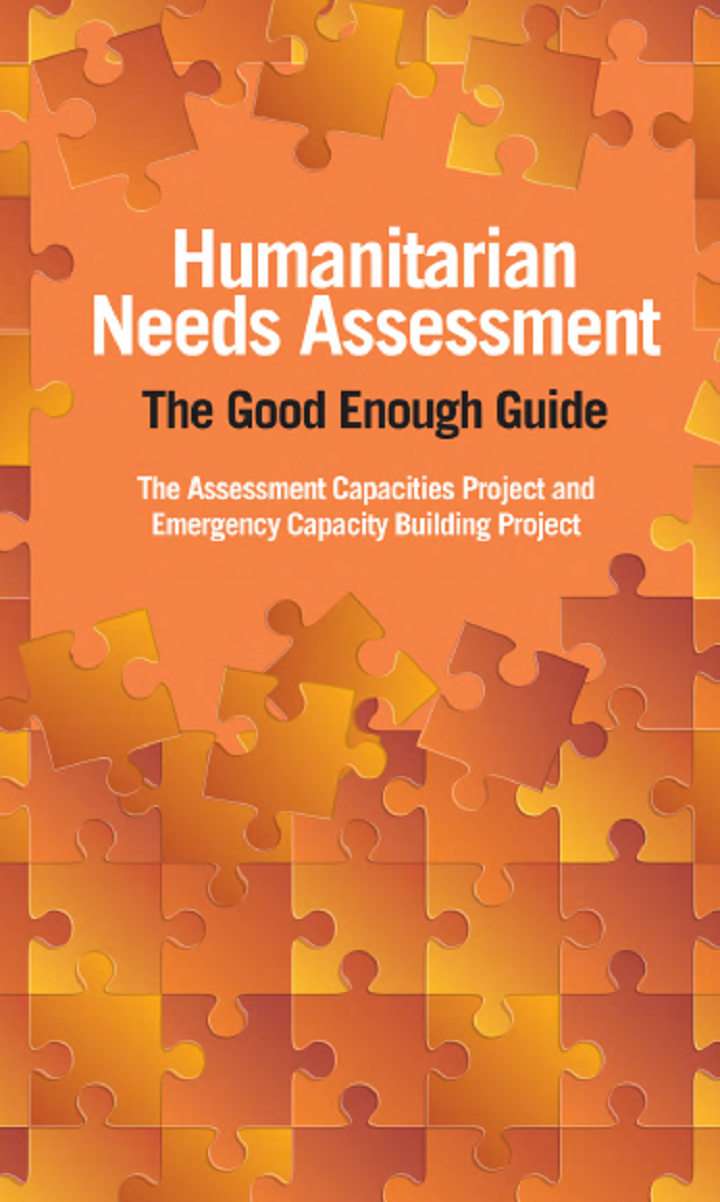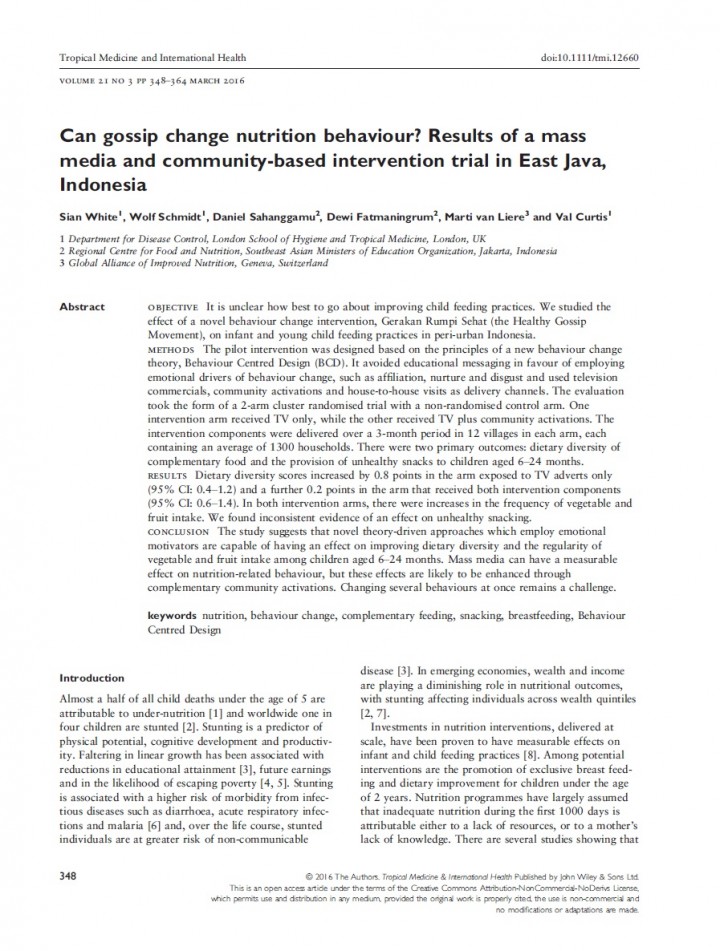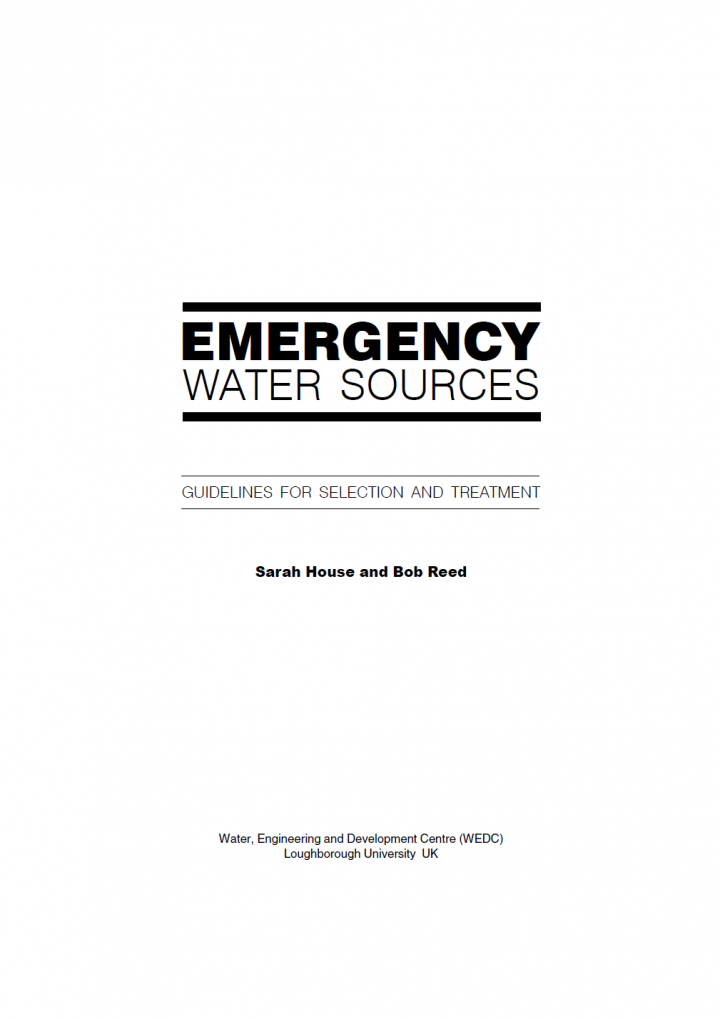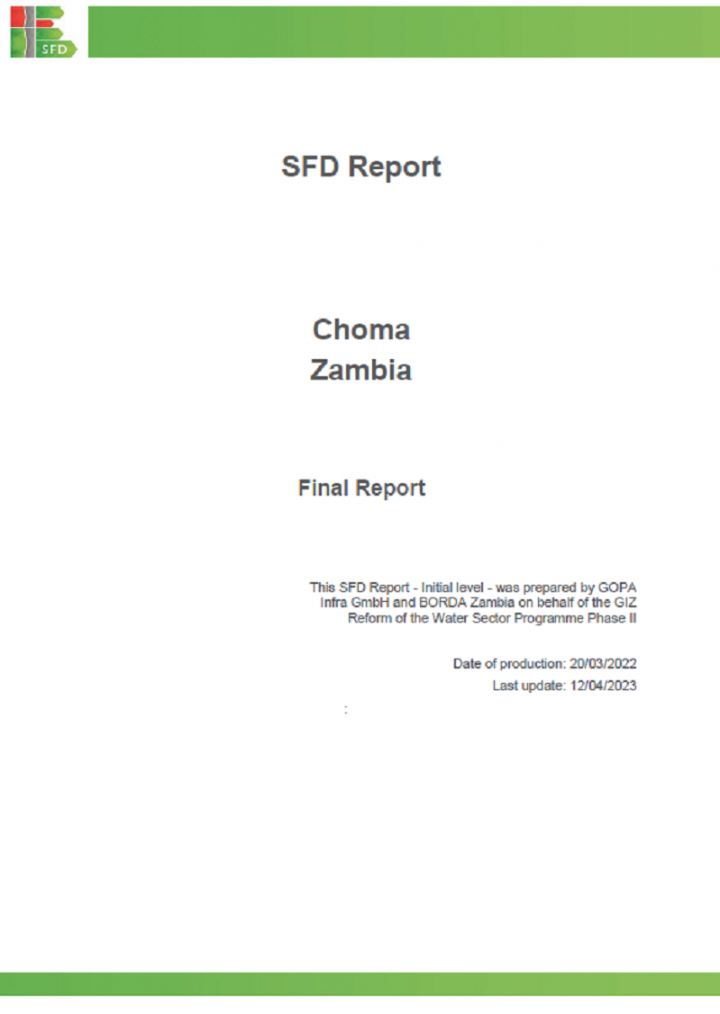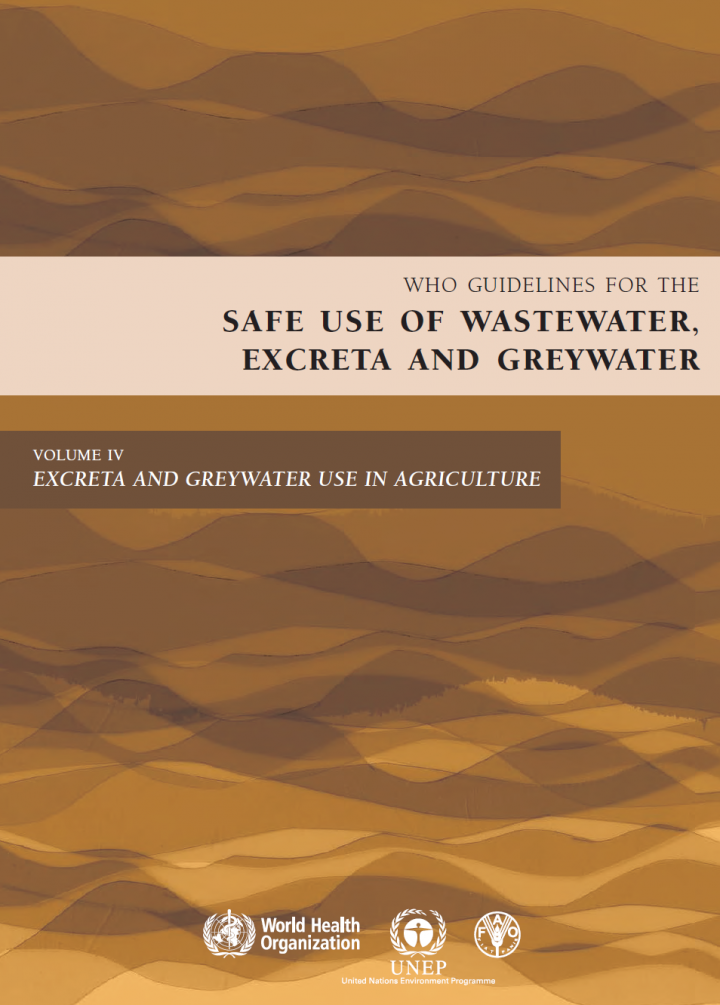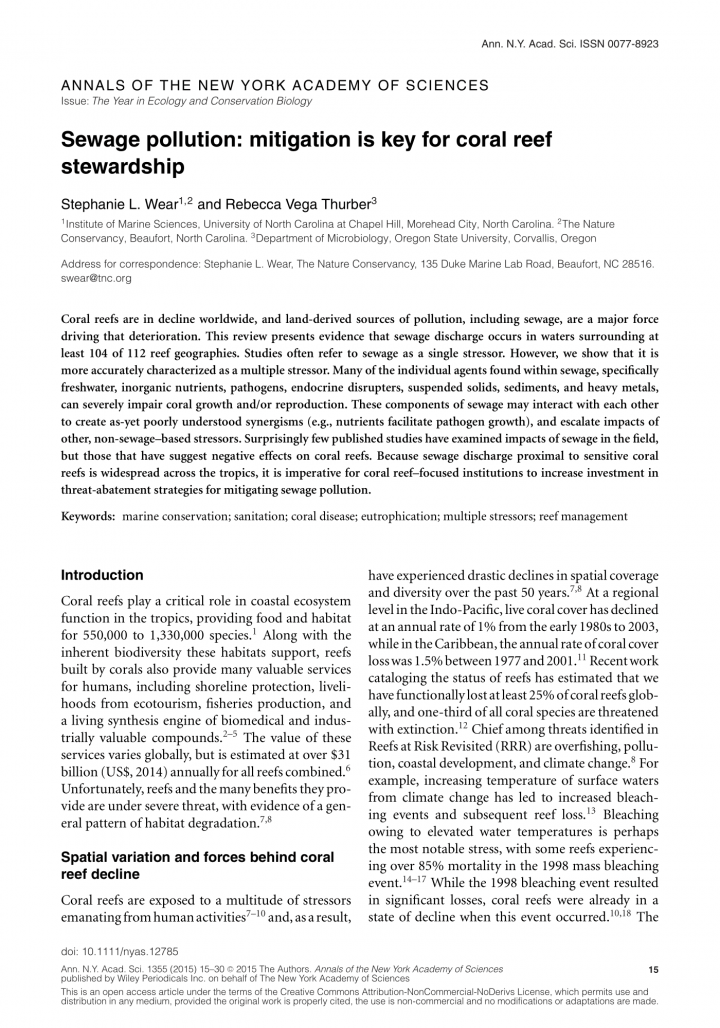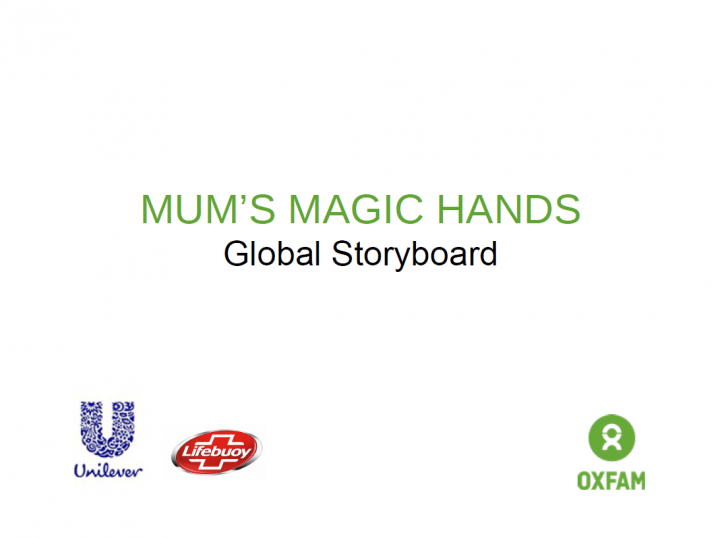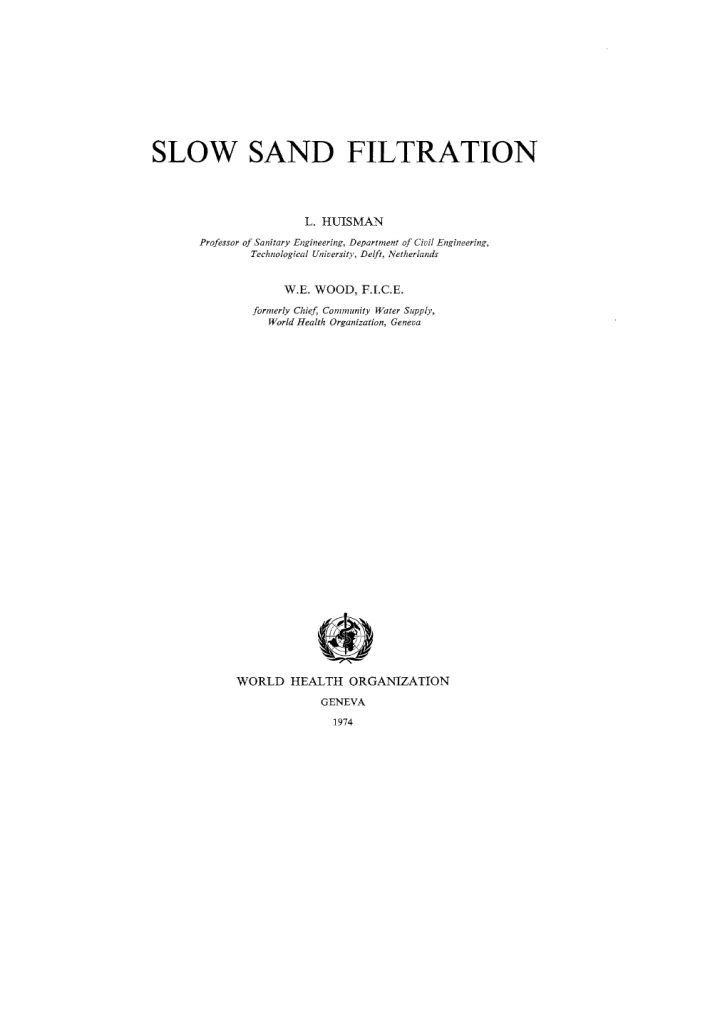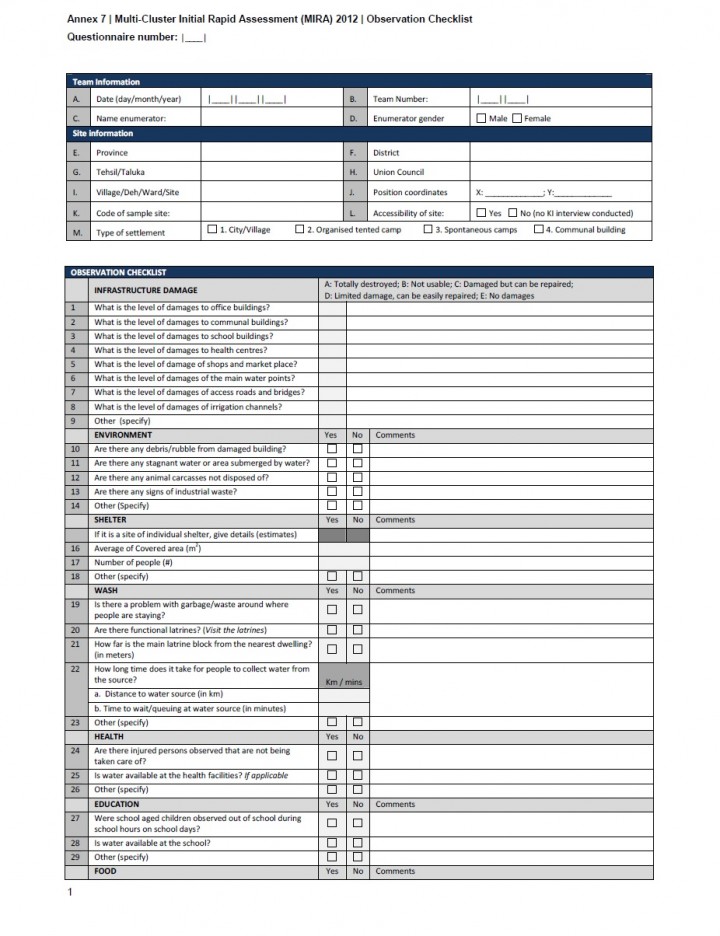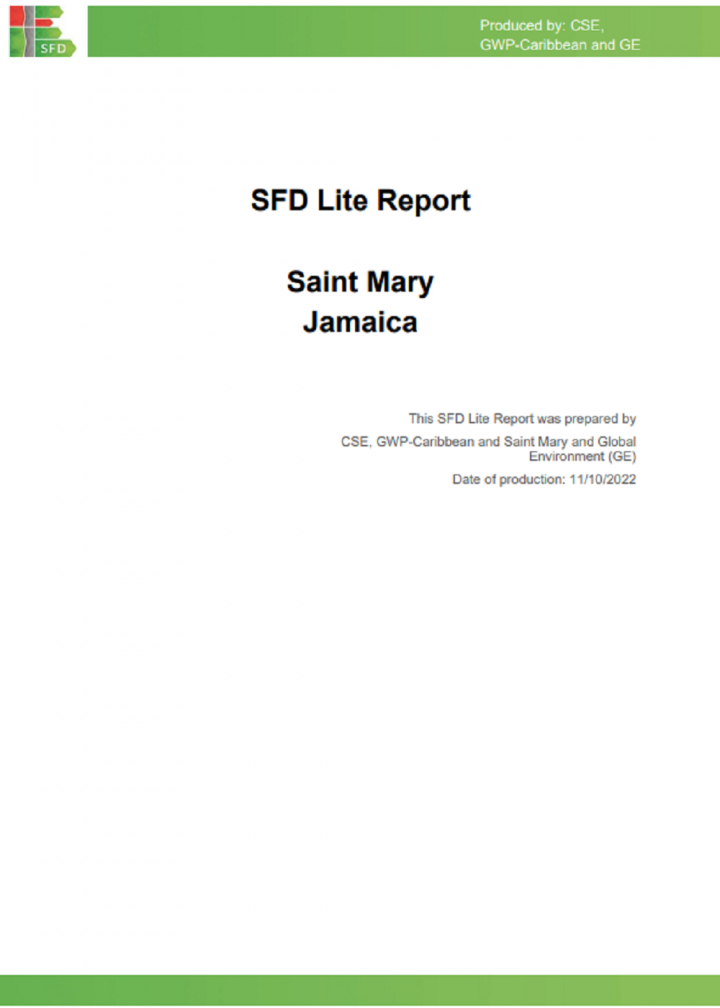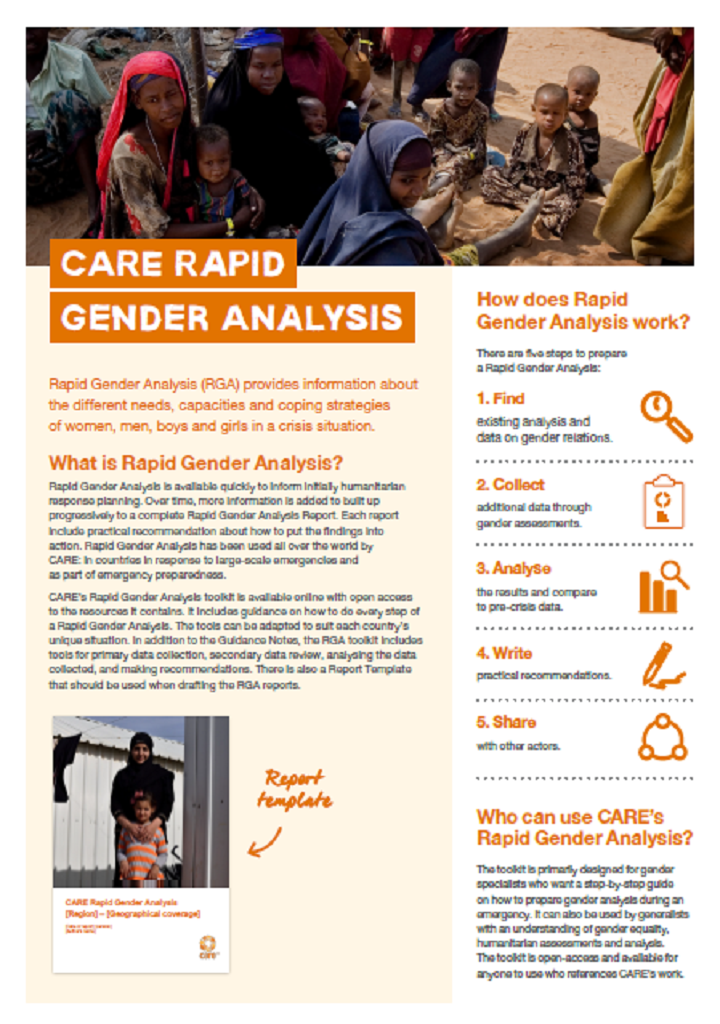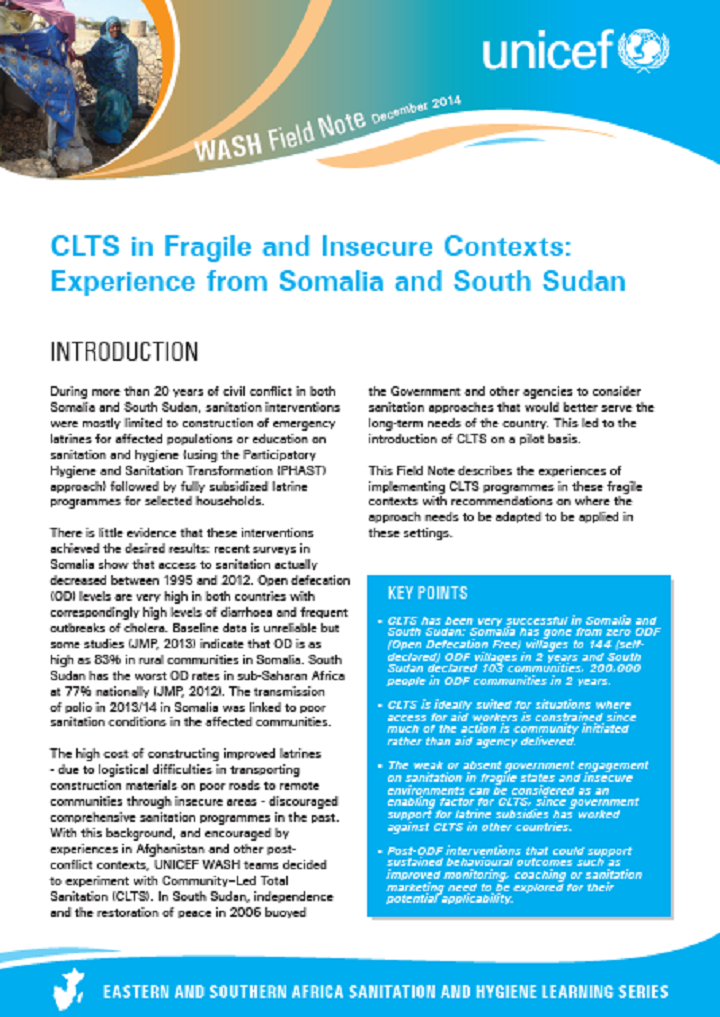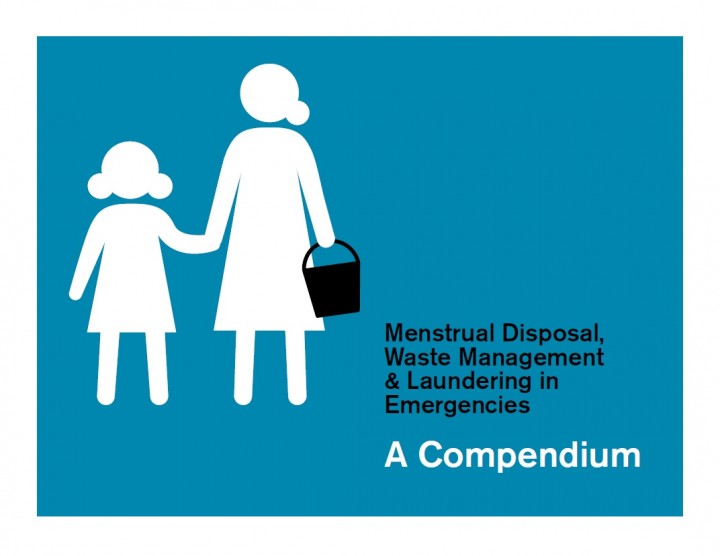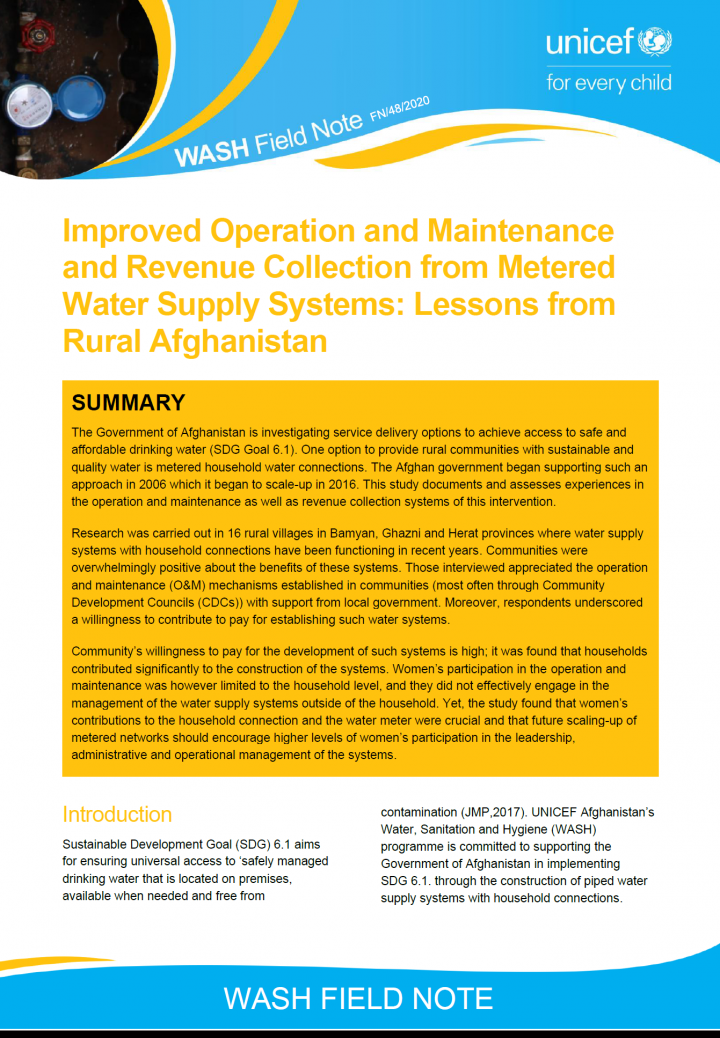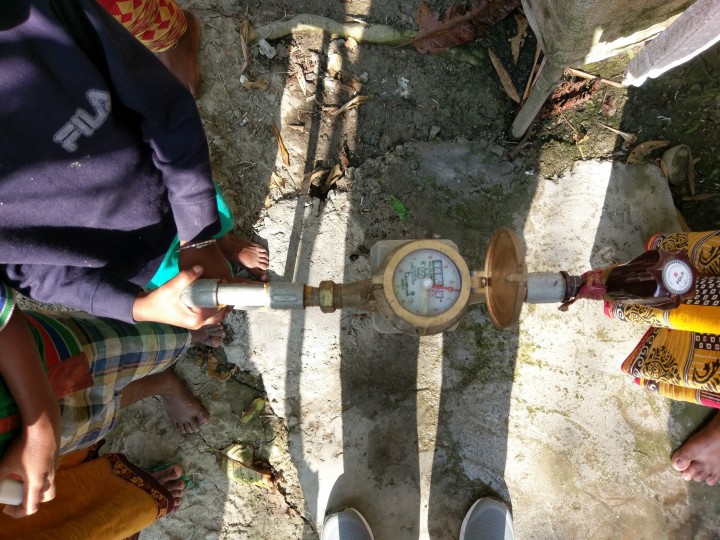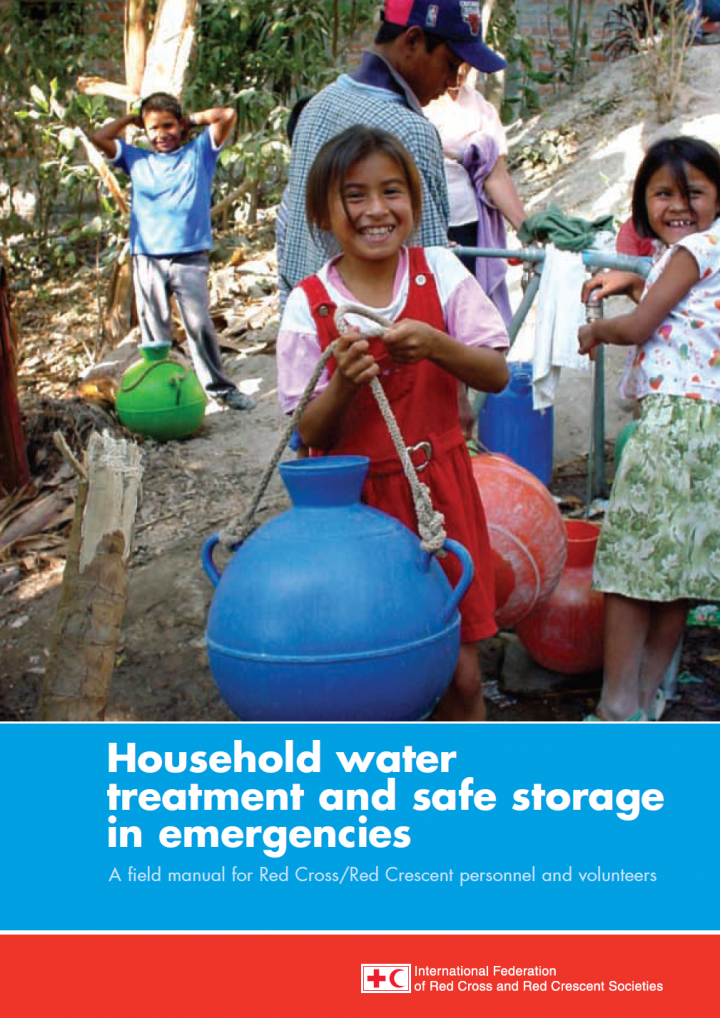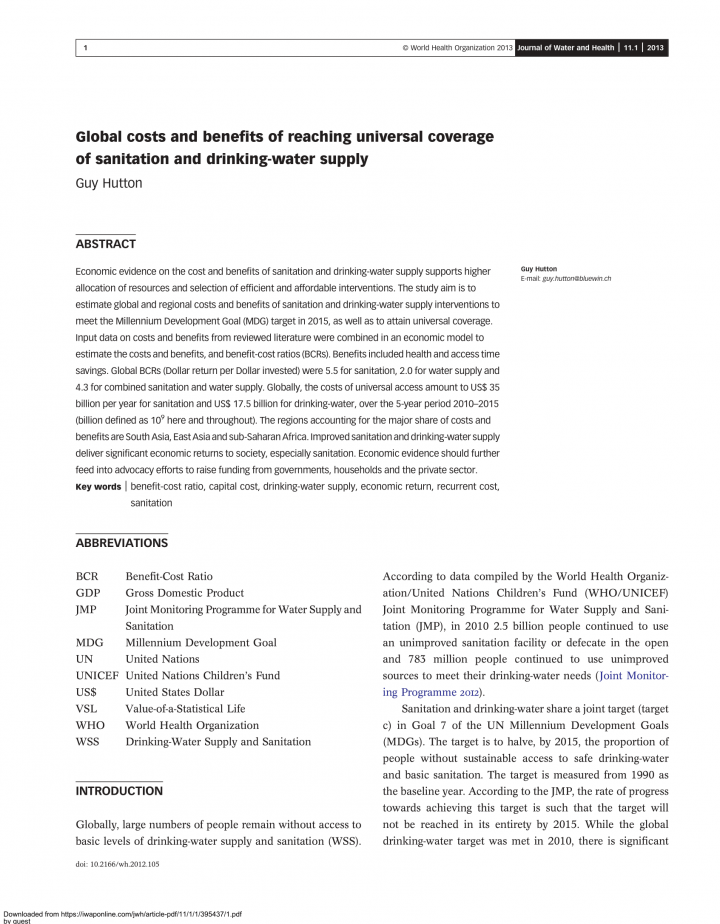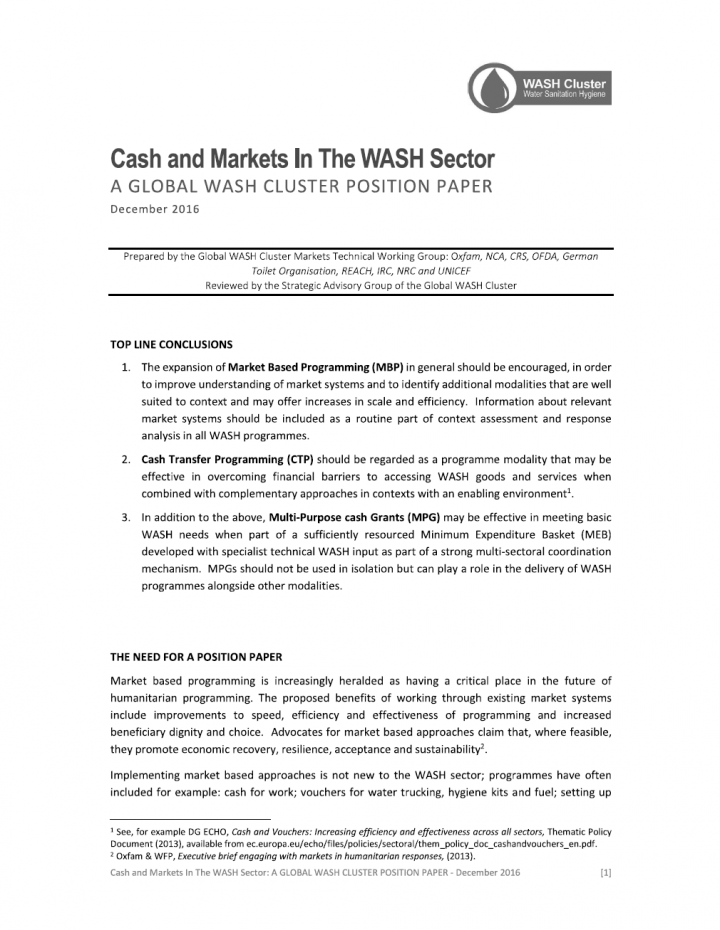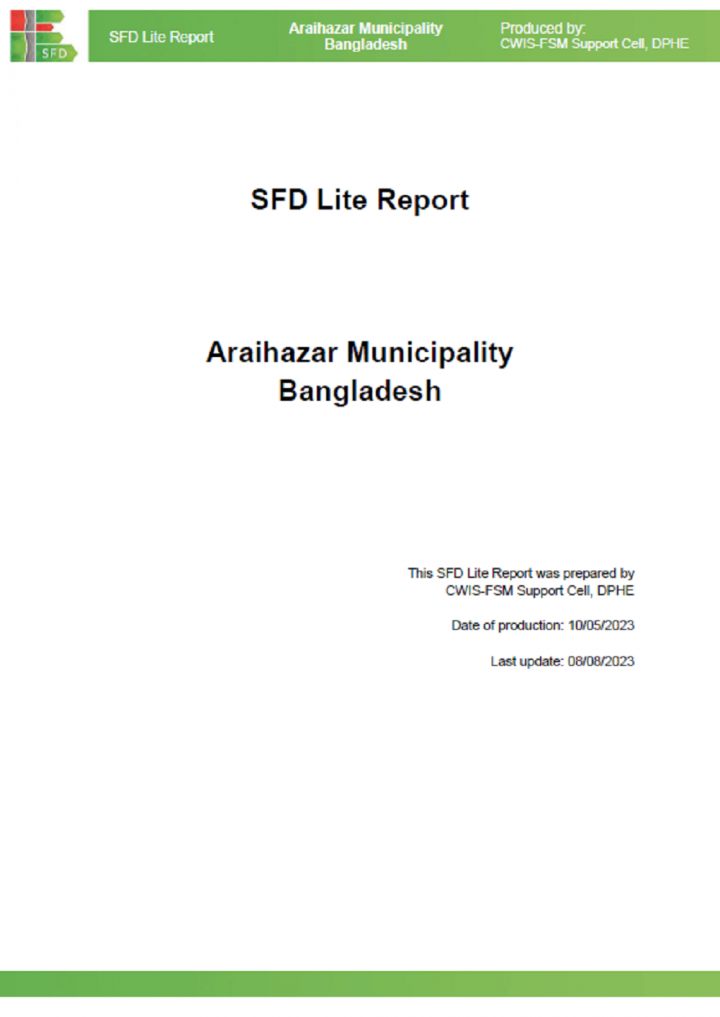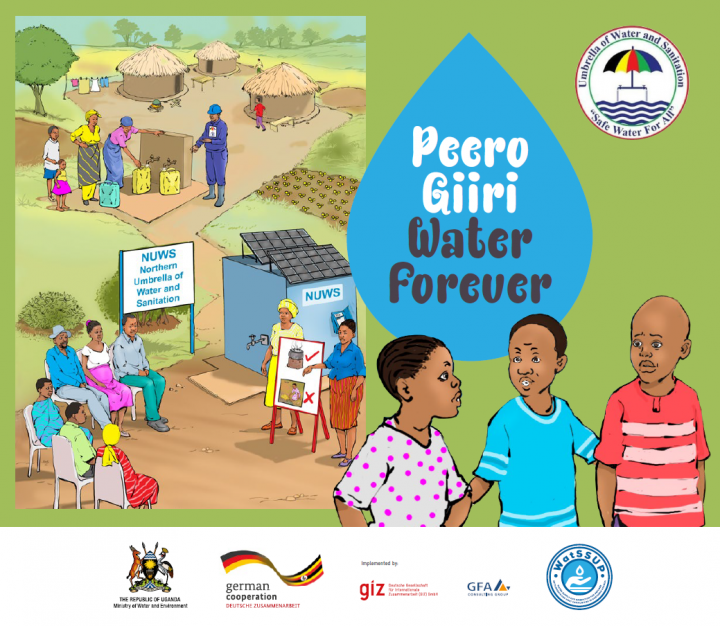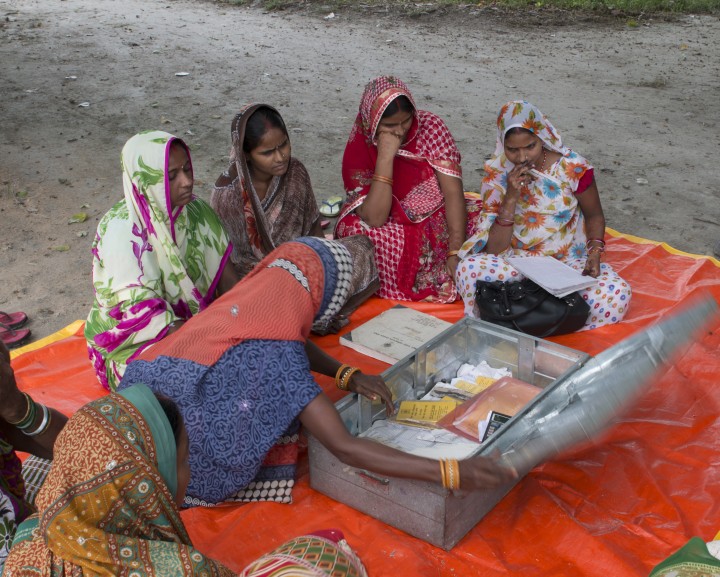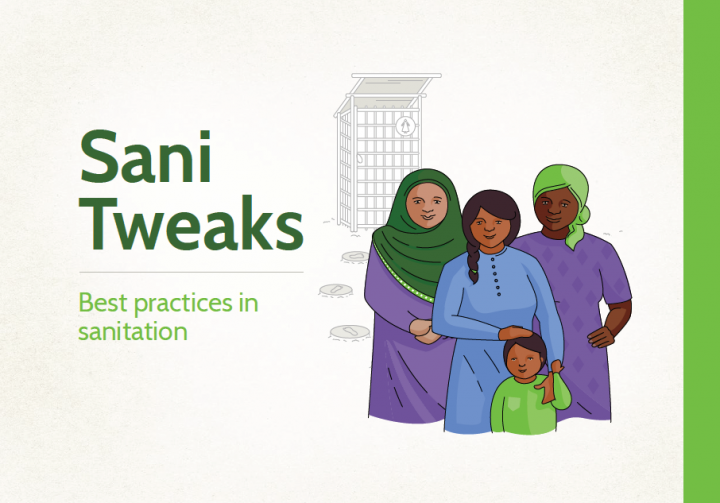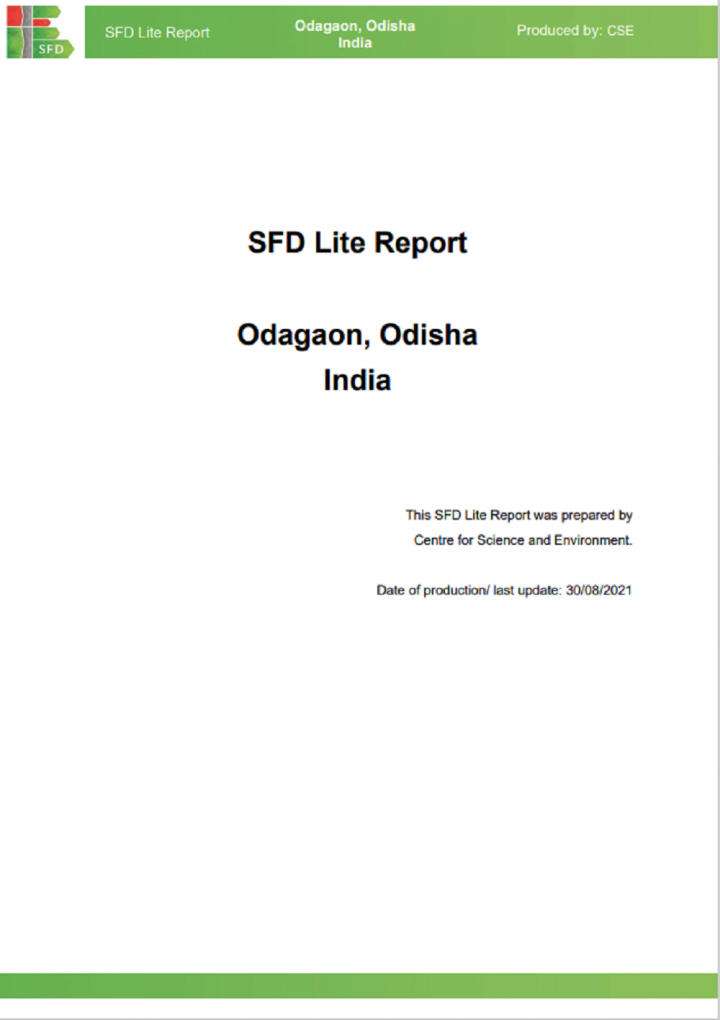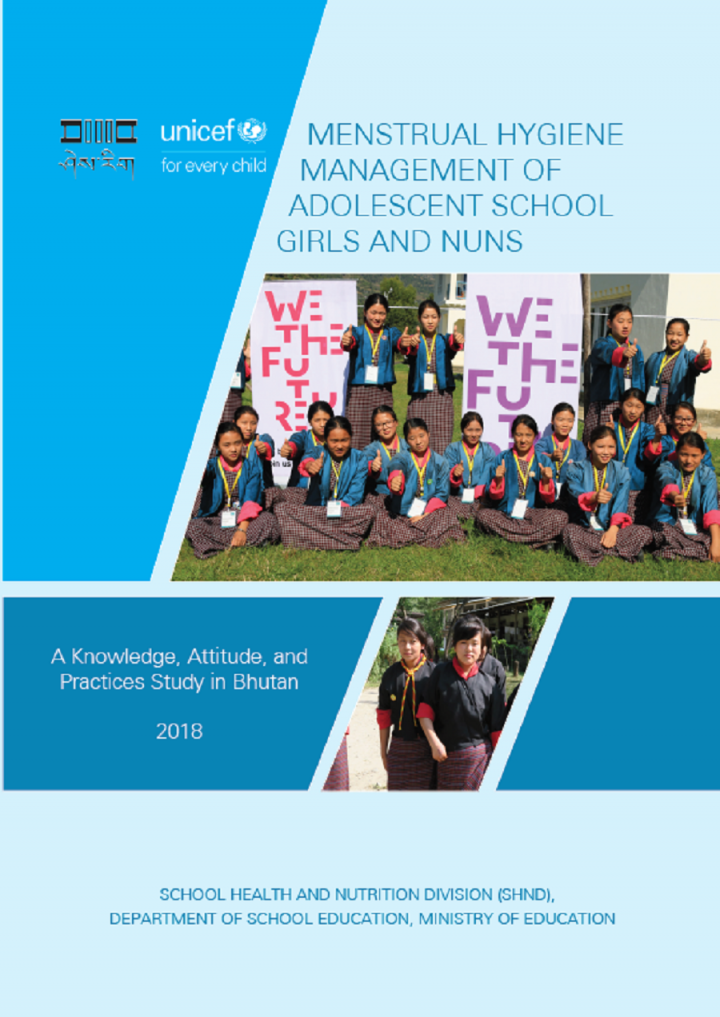Searching for information on Sanitation Workers?
The Sanitation Workers Knowledge + Learning Hub is the best source for all current news, trends, articles and updates on sanitation workers rights around the world.
Needs assessment is essential for programme planning, monitoring and evaluation, and accountability, however needs assessment is still a critical weakness of humanitarian response. Organizations urgently need to improve how they do assessments. ACAPS and the Emergency Capacity Building Project (ECB) have produced this guide to fill the gap that existed for a practical resource that pulls together …
Objective: It is unclear how best to go about improving child feeding practices. We studied the effect of a novel behaviour change intervention, Gerakan Rumpi Sehat (the Healthy Gossip Movement), on infant and young child feeding practices in peri-urban Indonesia. Methods: The pilot intervention was designed based on the principles of a new behaviour change theory, Behaviour Centred Design (BCD). …
These guidelines have been designed to help those involved in the assessment of emergency water sources to collect relevant information in a systematic way, to use this information to select a source or sources and to determine the appropriate level of treatment required to make the water suitable for drinking.
The guidelines, however, are not limited to the selection and treatment of water …
Choma Town is the provincial administrative capital of the Southern Province of Zambia on Latitude -16.812822 and Longitude 26.987640. The town lies at an elevation of 1,314m above sea level in Choma District, which has a total land area of approximately 7,296 square kilometres and a population of about 247,860 according to the 2010 national census of housing and population (Central Statistical …
Volume 4 of the Guidelines for the safe use of wastewater, excreta and greywater provides information on the assessment and management of risks associated with microbial hazards. It explains requirements to promote the safe use of excreta and greywater in agriculture, including minimum procedures and specific health-based targets, and how those requirements are intended to be used. This volume …
Coral reefs are in decline worldwide, and land-derived sources of pollution, including sewage, are a major force driving that deterioration. This review presents evidence that sewage discharge occurs in waters surrounding at
least 104 of 112 reef geographies. Studies often refer to sewage as a single stressor. However, we show that it is
more accurately characterized as a multiple stressor.Many …
Oxfam and Unilever’s Chief Sustainability Office carried out extensive research on handwashing practice in emergency contexts. We found nurture to be one of the most powerful motivators driving handwashing with soap among mothers. Even during a crisis, mothers continue to nurture their children to ensure they go onward in life and succeed in bringing fruition to their efforts and fulfillment to …
Saint Mary is a rural parish located on the Caribbean island of Jamaica. The geographical coordinates of Saint Mary are latitude 18°09' north and longitude 77°03' west. Saint Mary is the fifth smallest parish on the island and its capital is Port Maria. The parish is located on the north eastern coast of the island and has an area of 611.3 km2. Jamaica is divided into three counties namely …
During more than 20 years of civil conflict in both Somalia and South Sudan, sanitation interventions were mostly limited to construction of emergency latrines for affected populations or education on sanitation and hygiene, using the Participatory Hygiene and Sanitation Transformation (PHAST) approach, followed by fully subsidised latrine programmes for selected households.
There is little …
This guidance seeks to address key gaps with respect to the specific practicalities of managing menstrual materials. Displaced women and girls using disposable products face clear challenges figuring out how to get rid of them in their constrained contexts. And those using reusable materials must be able to wash, dry and store them hygienically between periods, similarly with limited privacy. To …
The Government of Afghanistan is investigating service delivery options to achieve access to safe and affordable drinking water (SDG Goal 6.1). One option to provide rural communities with sustainable and quality water is metered household water connections. The Afghan government began supporting such an approach in 2006 which it began to scale-up in 2016. This study documents and assesses …
Panchayats have been assigned the responsibility for executing rural water and sanitation. To do this successfully as equal partners with the government and engineers, they need a lot of support over the long term. The government and NGOs who will support them have important roles to play to ensure quality water and sanitation services are provided in the long term in an an equitable manner.
It is always better to use water from a clean source that’s stored in a safe way. However, this is not always possible, especially in an emergency. Something may have made the source unclean or unusable. Or a population may
not have access to clean containers or practice good hygiene behaviour. One approach to this problem is treating water at the household level. This is often a temporary …
Economic evidence on the cost and benefits of sanitation and drinking-water supply supports higher
allocation of resources and selection of efficient and affordable interventions. The study aim is to
estimate global and regional costs and benefits of sanitation and drinking-water supply interventions to
meet the Millennium Development Goal (MDG) target in 2015, as well as to attain universal …
Market based programming is increasingly heralded as having a critical place in the future of humanitarian programming. The proposed benefits of working through existing market systems include improvements to speed, efficiency and effectiveness of programming and increased beneficiary dignity and choice. Advocates for market based approaches claim that, where feasible, they promote economic …
Araihazar Municipality is situated within the Araihazar Upazila of Narayanganj District, under Dhaka Division. At present, Araihazar Municipality has 65 km of road network and 13.3 km of drain network. Araihazar is located between latitudes 23°40' and 23°53' north and 90°35' and 90°45 east. It is bordered on the north by the upazila of Narsingdi Sadar, on the west by the upazilas of Rupganj …
As the largest refugee hosting country in Africa, Uganda currently hosts more than 1.5 million refugees throughout the country. Since 2017, Uganda has been one of the first countries to pilot the implementation of the Comprehensive Refugee Response Framework (CRRF). The CRRF aims to ease pressure on host countries, like Uganda, enhance refugees’ self-reliance, expand access to third-country …
The Government of India (GoI) has launched an iniative to strengthen the capacity of Panchayati Raj Institutions (PRIs) to ensure the sanitaton gains achieved under the Swachh Bharat Mission (Grameen) are sustained. The initiative includes ODF status of communites, taking up of an open defecation free plus (ODF Plus) agenda and improving access to safe and secure water supply through the Jal …
Studies have shown that agencies are failing to properly consult or collect and act on feedback from the users of the latrines they build, leading many people – especially women and girls – to stop using those latrines as they find them inaccessible, unsuitable and/or unsafe. Consequently, this increases public health risks in emergency situations.
To address this, the Oxfam WASH team has …
This toolkit contains tools that can help National Red Cross and Red Crescent Societies – as well as other organizations – to assess, design, implement, monitor and evaluate community engagement and accountability activities in support of programmes and operations. The toolkit should be used in conjunction with our Guide to Community Engagement and Accountability.
Odagaon is a town and Notified area council (geographical coordinates as 20°00'57.65"N 84°59'15.70"E) in the Nayagarh district of Odisha, India. It is around 100km away from the capital city of Bhubaneswar. As per Census of India, 2011, Odagaon Urban has the population of 5,401 with 1,240 households. As nearby rural areas have been included in new jurisdiction boundary, the population as of …

